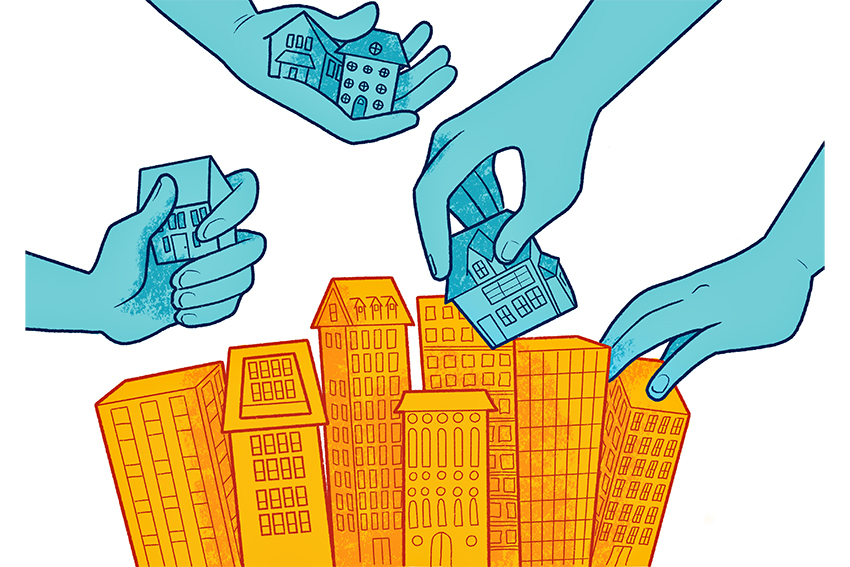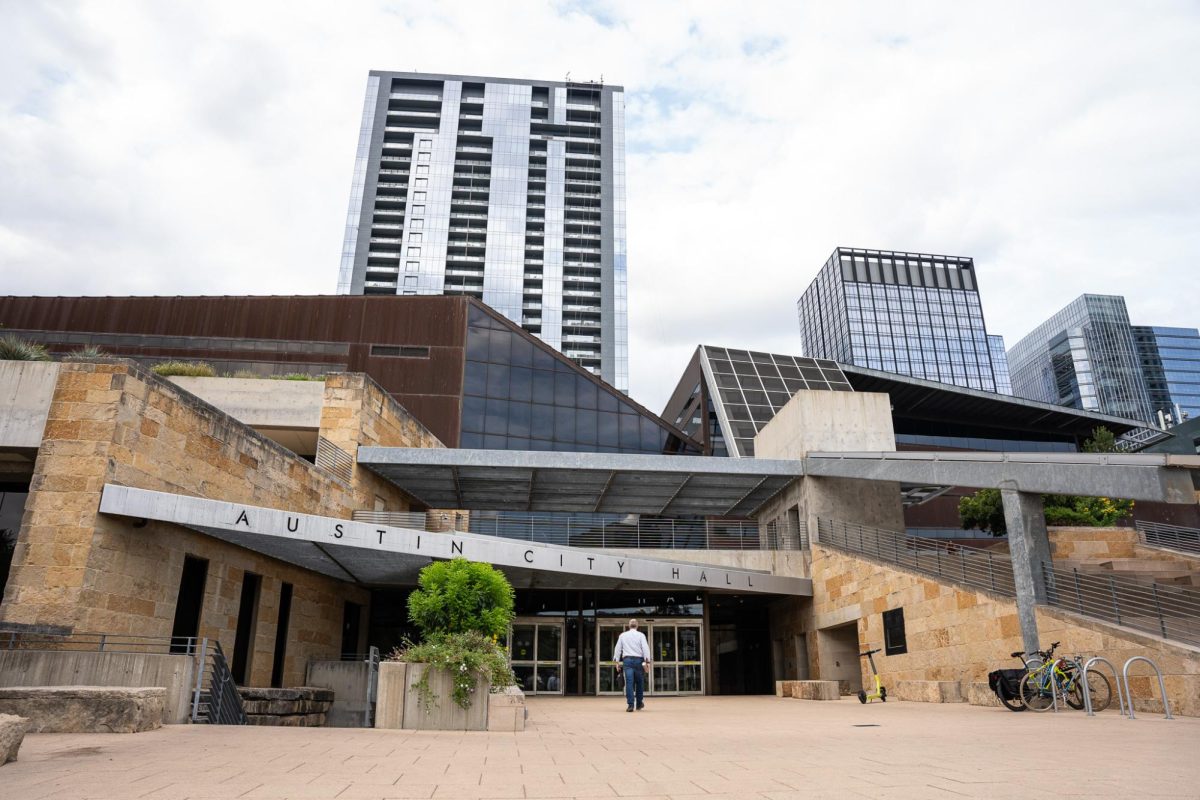Tess Finnerty and her roommates signed a lease at a large apartment complex in West Campus earlier this year. She wasn’t surprised the cost came out to over a thousand dollars each month.
“It was kinda expected that it would be in the thousands, or around a thousand to have housing that is close as well as accessible,” said Finnerty, a textiles and apparels freshman. “It was expected that if you’re living in West Campus, it’s not going to be affordable if you’re on a budget.”
Austin City Council District 9, which encompasses West Campus, North Campus, downtown and a portion of the Riverside neighborhoods, will receive 3,635 new affordable housing units, according to the Austin Strategic Housing Blueprint presentation last Tuesday. Sixty-thousand new housing units will be distributed across the 10 council districts.
The interdepartemental team behind the project distributed the affordable units across Austin based on four factors: gentrification, access to bus routes, upward economic mobility and a lack of exisiting affordable units. Districts with a high prevelence of these factors were slated to receive more units.
Jonathan Tomko, the city’s housing policy and planning manager, said District 9 did not receive as many units because it did not score as high in the key areas as other districts. Tomko said another reason why District 9 might not be receiving as many units is because of how many affordable units are already installed.
Young people between 15 and 24 made up over a third of District 9’s population in 2016, according to the City of Austin Office of the Auditor. Over one-fourth of the district’s residents earn less than $15,000 each year.
Kathie Tovo, District 9 City Council member, said the district needs the affordable housing units.
“Every area of the city has a need for affordable housing units, and in an area like District 9 where the market rate housing is so expensive and the land values are so high, you definitely have a need for affordable housing,” Tovo said.
Tovo said one of the reasons the district could receive fewer affordable housing units is that District 9 has much less vacant land compared to other districts. However, Tomko said undeveloped land was not part of the distribution calculation.
The city’s Neighborhood Housing and Community Development department is aiming to have City Council adopt the preliminary plan for the housing units by early June, according to the presentation last week. The housing unit distribution is still subject to change.
“We’re still collecting feedback from folks including council members and working with consultants to see if anything can be done to be responsive to the feedback that we’ve heard thus far,” Tomko said.
The $250 million affordable housing bond, which was approved by a 73 percent majority last November, will help fund the 60,000 new units.





















